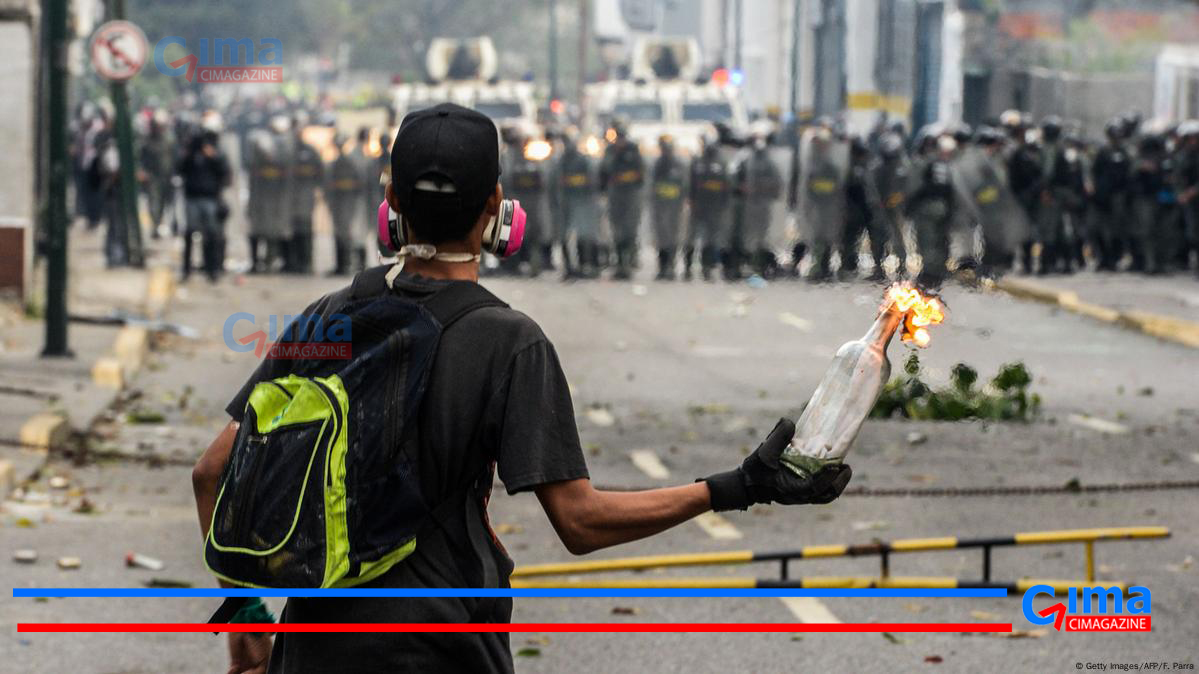Concerned by the violent protests that took place in the wake of the 2020 US presidential election, unprecedented security measures were put in place for the November 5 US vote, from panic buttons to snipers on rooftops and bullet-proof vests.
US presidential vote involved unprecedented security measures


Donald Trump has been claiming for four years that the 2020 US election was stolen from him. And even before the results of the 2024 US election were announced, he has already sown doubt about its outcome.
Trump told supporters on November 4 that he “shouldn’t have left” the White House after losing the 2020 election – insinuating, once again, that President Joe Biden’s path to victory was not legitimate.
To try to undermine the credibility of voting in Pennsylvania on Election Day, Trump made the unsupported claim that there was a lot of talk about “massive cheating” in Philadelphia amid reports of exceptionally high voter turnout. His claim was swiftly denied by District Attorney Larry Krasner, who called it a “wild allegation” with “no factual basis whatsoever”.
“It is part of an ongoing effort by Trump and his team to sow doubt in the minds of his supporters, even before election results are announced,” said Dafydd Townley, political scientist and US national security expert at the University of Portsmouth.
‘I wear a bullet-proof vest’
The claims Trump made ahead of the outcome were his way of laying the groundwork to mobilise his supporters more easily should he decide to deny a potential defeat by Kamala Harris. “When we look at what happened on January 6, security concerns around this year’s election do not come as a surprise,” remarked Townley, referencing the January 2021 assault on the Capitol by Trump supporters.
Federal and state authorities decided to take unprecedented measures to ensure safety at the ballot.
“I wear a bullet-proof vest,” Arizona Secretary of State Adrian Fontes testified to a judge on October 28, explaining he received threats from critics who accused him of running the state election system unfairly.
As part of the preventative measures, the building in Phoenix where vote-counting took place was protected “like a fortress” on November 5, with staffers “monitoring social media in real time for reports of problems”, the Washington Post reported. Police even planned to use drones to monitor the area around the building so they could react as quickly as possible.
‘Militarisation’ of the US election process
Special attention was paid to Maricopa County in the crucial swing state, “one of the main hotbeds for the conspiracy theory that a victory was stolen from Trump in 2020”, according to Phoenix public radio station KJZZ. But it is also Arizona’s most important county, as it is home to more than 60 percent of the state’s population.
Maricopa County show a real “militarisation of the election process”, Wired reporter David Gilbert wrote last week. Snipers were deployed on the roofs near certain polling stations and barriers were put up. Local Sheriff Russ Skinner said he mobilised 200 department personnel – including police officers, firefighters and ambulance workers – to work throughout the election cycle. Before the 2020 vote, he told the Washington Post, only 50 had been hired to work on elections.
In Pennsylvania, another key battleground state, authorities advised polling station officials to have panic buttons nearby so they could quickly contact the police in case of emergency. The small devices, worn as a lanyard or kept in a pocket, were distributed to chief poll workers across several counties.
Nevada, Oregon and Washington all activated the National Guard to ensure the election ran smoothly. According to the Pentagon, at least 17 states placed a total of 600 National Guard troops on standby if needed.
“It certainly does not reflect a positive image of a healthy democracy,” said Anurag Mishra, US politics expert and researcher at the International Team for the Study of Security (ITSS) in Verona, Italy.
But not everything revolves around security fixes. Some electoral authorities opted for what the Washington Post called “radical transparency” – preventative measures to combat distrust.
“There has been an array of efforts to try and strengthen confidence in the ballot and dispel any doubts that some voters, especially pro-Trump voters, may have had after the 2020 election,” Mishra said.
GPS devices on ballots
Some local authorities took radical transparency quite literally, with several counties broadcasting their vote-counting live. Pinal County in Arizona even strapped GPS devices onto the cages that transport ballots to and from polling sites – Trump supporters in 2020 claimed that a bus full of voting machines from traditionally Republican constituencies had been abandoned. Maricopa authorities also organised hours-long guided tours for local voters to explain in detail how voting and counting works.
Back in Pinal County, a new election centre built in the aftermath of the 2022 elections boasted a spanking new “fishbowl” viewing room where any member of the public has a 360 degree view of the election process at all times. This particular “radical transparency” measure cost close to $30 million (€27.6 million).
That is a lot of money to try and restore the faith of sceptics, most of whom are Trump supporters. But is it possible to convince them? “Most of them will only listen to what Trump tells them,” said Townley.
For Mishra, these efforts are also aimed at “being able to quickly provide evidence should legal challenges be filed against vote results”. They are a way for “the US to give the world an impression that the election is as honest as possible”, Mishra added.
The great hope is that these security measures will dampen any doubt cast on the election results and undercut any future claims that the vote was illegitimate.








